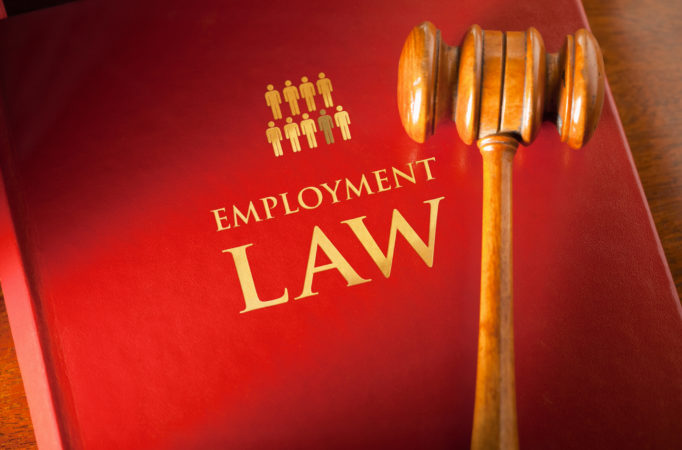Employment & Labor Law
When it Comes to Retaliation, Timing Isn’t Everything – Third Circuit Reinforces that Temporal Proximity Must be Considered with Other Evidence of Causation
In the employment discrimination context, retaliation claims can be a huge issue (and headache) for employers. In fact, retaliation claims were the most frequently filed charge with the EEOC in the fiscal year 2018.
Typically, an employee asserts a retaliation claim by alleging that he or she suffered an adverse employment action because the employee engaged in certain “protected activity” – namely, exercising a statutory right or opposing an unlawful act in connection with employment. Often, an employee tries to show causation (i.e., that the protected activity led to the adverse employment action) by alleging that the adverse action occurred close in time to the protected activity. A recent Third Circuit opinion underscores that temporal proximity isn’t everything, however.
Harrison-Harper v. Nike, Inc. d/b/a Converse, Inc., No. 18-3297 (3d Cir., Oct. 11, 2019) involved Title VII and PHRA retaliation claims by the fired manager of a retail store. The plaintiff based her retaliation claim on the fact that she was fired after reporting alleged harassment by another store employee to her supervisor (this is the protected activity). To support her claim that her report of harassment caused her firing, she pointed to the fact that her termination occurred a mere three weeks after her report. Unfortunately for the plaintiff, before her harassment report, her supervisor had received multiple complaints about her work, establishing a “clear pattern” of performance issues prior to her protected activity. Also, of the four employees who weighed in on the decision to fire the plaintiff, only one actually knew about her report.
Based on these facts, the District Court concluded that the plaintiff could not establish causation and granted summary judgment for the employer. The Third Circuit affirmed. It noted that although the three week period between the plaintiff’s report and her termination was short, courts don’t just consider timing when deciding whether a plaintiff has shown that an adverse employment action was caused by protected activity. Rather, they look at all the circumstantial evidence that supports causation. Here, the plaintiff could not establish a causal connection between her protected activity and her termination because there was a pattern of performance problems prior to her making the report and three of the four decision-makers were unaware of her complaint.
This decision has some important takeaways for employers:
- Taking adverse employment action against an employee who has recently engaged in protected activity creates a risk that the employee will claim retaliation.
- While the timing of the adverse employment action is relevant, it is not dispositive. Other factors such as the prior existence of performance issues and whether the individuals making an adverse employment decision knew about the employee’s protected activity are also important factors.
- As always, documentation of performance issues is key, particularly when you need to show that work-related problems predated an employee’s protected activity.
- Given the possibility of retaliation claims, taking adverse action against an employee who has recently engaged in protected activity still requires a careful and considered approach. Involving employment counsel at the outset can help reduce the chances of a claim or adverse outcome.
About Us
Claims and suits brought against employers by employees are a large part of the cases being handled by the Employment lawyers at Houston Harbaugh. We focus on assisting and counseling our clients to be positioned to avoid claims, and if the claims are brought, to be prepared to defend against them.

Craig M. Brooks - Practice Chair
An employment and labor attorney, Craig primarily represents management, providing advice on how to handle employee issues and actions, as well as defending or pursuing claims in court and before government agencies on matters.
An employment and labor attorney, Craig primarily represents management, providing advice on how to handle employee issues and actions, as well as defending or pursuing claims in court and before government agencies on matters including:
- Employment discrimination claims
- Wage and hour matters
- Sexual and other harassment investigations and claims
- Family and Medical Leave Act
- Wrongful discharge
- Labor/Union matters
- Restrictive covenants
- Affirmative action programs
- Defamation
- Privacy
Craig also represents individuals with advice and pursuing claims arising out of their employment.

